As the winter season intensifies, parts of the United States are bracing for severe winter storms, with winter storm warnings issued for nine states. The National Weather Service (NWS) announced that these storms, which began affecting regions early Friday, could bring up to 5 feet of snow in some areas. For those living in or traveling through impacted states, the situation could become hazardous quickly. It is essential to understand what these warnings mean, how the storms are affecting specific regions, and what precautions people should take to stay safe during the rough weather conditions.
What Are Winter Storm Warnings?
Winter storm warnings are issued by the NWS when there is a forecast of significant and potentially dangerous winter weather. These warnings are meant to alert the public about upcoming weather events that could cause hazardous conditions, such as snow, ice, freezing rain, and other wintry mixes. The NWS only issues these warnings when the weather poses a significant threat to people’s safety, health, and mobility.
Areas Under Winter Storm Warnings
As of Friday morning, the following nine states were under winter storm warnings:
- California
- Oregon
- Idaho
- Wyoming
- Utah
- Colorado
- Arizona
- New Mexico
- Nevada (limited regions)
The NWS said that these areas were expected to experience a range of hazardous winter weather, including snow, ice, and freezing rain. The main concern is that the snowfall will be heavy in some regions, with accumulation rates reaching significant levels. For example, in areas located at higher elevations, the snow could build up to several feet.
Snowfall Forecasts and Impacts
Each state affected by the winter storm warnings is expected to see varying amounts of snowfall, depending on the specific region and elevation. Here is a breakdown of what residents and travelers can expect in different states:
California:
California’s Northern Sierra Nevada and Western Plumas County-Lassen Park areas are expected to see up to 5 feet of snow. This could make travel extremely difficult, especially on mountain passes. In addition to snow, freezing temperatures will bring significant risks, particularly in areas with higher altitudes where visibility will be poor.
Oregon and Idaho:
Snowfall in these states is expected to be substantial, with mountain regions and higher elevations facing several feet of snow. Travelers heading into these areas will need to exercise caution and prepare for potentially hazardous road conditions. The NWS has urged people in these regions to avoid traveling unless absolutely necessary.
Wyoming:
In Wyoming, the Tetons are expecting up to 3 feet of snow on the highest peaks. This could make mountain passes very difficult to navigate. Travelers and residents alike are being advised to expect disruptions to commutes, including potentially dangerous driving conditions due to heavy snow and reduced visibility.
Utah and Colorado:
Both Utah and Colorado are also facing the possibility of heavy snow and freezing temperatures. Mountainous regions in these states could see several feet of snow, making roads treacherous. Drivers are urged to stay informed about road closures and traffic conditions before venturing out into these areas.
Arizona and New Mexico:
In Arizona, especially in northern regions, up to 2 feet of snow are expected, while New Mexico could face similar snow accumulation. These areas will also see a combination of freezing rain and snow, which could make road surfaces especially slick and dangerous for driving.
Nevada:
For Nevada, the NWS is forecasting up to 3 feet of snow in certain mountainous regions, especially around the Sierra Crest. Travelers in the northern part of the state, particularly near Highway 395, should be cautious of snow accumulation and icy road conditions that could affect visibility and traction.
Potential Hazards from the Storms
Winter storms bring a variety of risks to communities, travelers, and even emergency responders. Some of the most common and dangerous issues related to winter storms include:
- Freezing Temperatures: Prolonged exposure to freezing weather can result in hypothermia or frostbite, especially for vulnerable individuals like the elderly, children, and those with chronic health conditions. It’s essential to stay warm and limit exposure to the elements during the storm.
- Power Outages: Heavy snow and ice can bring down power lines, leading to widespread power outages. If you live in affected areas, be prepared for the possibility of losing electricity for an extended period. It is important to have backup power sources (like flashlights and batteries) and keep extra blankets and warm clothing handy.
- Travel Disruptions: The heavy snow expected in multiple regions will lead to hazardous driving conditions. Many roads, especially in mountainous areas, are at risk of becoming impassable. Ice-covered roads can also cause vehicles to lose traction, increasing the chance of accidents. Flight cancellations are also possible, with airports in affected regions preparing for delays and cancellations.
- Avalanche Risk: In areas with steep terrain and significant snow accumulation, the risk of avalanches could be a concern. Travelers heading into high-altitude areas, especially in Wyoming and California, should be cautious and check local avalanche forecasts before heading out.
What to Do to Stay Safe
Given the severe weather conditions predicted, it is essential to take the necessary steps to protect yourself, your family, and your property during a winter storm. Here are some tips for staying safe:
- Stay Informed: Regularly check weather updates from the National Weather Service (NWS) or local news stations to stay informed about the storm’s progress, any road closures, and evacuation orders, if applicable.
- Prepare Your Home: Make sure your home is stocked with necessary supplies such as bottled water, canned food, blankets, flashlights, and extra batteries. If you rely on electric heat, consider alternative heating options (like a generator) in case of a power outage.
- Avoid Travel: If possible, avoid traveling in affected areas, especially in mountainous regions where conditions can change quickly. If you must drive, ensure your vehicle is equipped with winter tires, and carry an emergency kit with you at all times, including extra warm clothing, food, and water.
- Dress Warmly: Wear layers of clothing, including insulated jackets, hats, gloves, and scarves. Ensure that your feet are kept dry and warm, as exposure to cold can lead to serious health risks like frostbite.
- Check on Vulnerable Family and Neighbors: If you have elderly relatives, friends, or neighbors living in affected areas, check in on them frequently to ensure they are safe, have enough supplies, and are staying warm.
- Drive Safely: If you must travel, avoid speeding or braking abruptly, as icy roads can cause you to lose control of your vehicle. Always keep a safe distance from other cars and be prepared for sudden stops.
Local Reports and Weather Updates
Local weather offices have been actively communicating warnings and updates to residents. For example, NWS Boise, Idaho, shared on X (formerly Twitter) about higher chances of freezing rain affecting roads near the I-84 corridor. Drivers in the area have been advised to be especially cautious during the Friday morning commute, as ice accumulation could make roads dangerous.
Conclusion
As winter storm warnings continue to be in effect for parts of the United States, it’s critical that everyone take these warnings seriously. The combination of snow, ice, and freezing temperatures poses significant risks to health, travel, and infrastructure. Whether you are in one of the affected areas or planning to travel through, stay prepared and informed so that you can protect yourself and others during the storm.
Disclaimer – Our editorial team has thoroughly fact-checked this article to ensure its accuracy and eliminate any potential misinformation. We are dedicated to upholding the highest standards of integrity in our content.

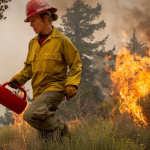

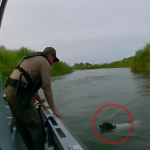




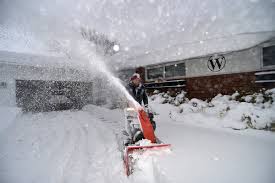
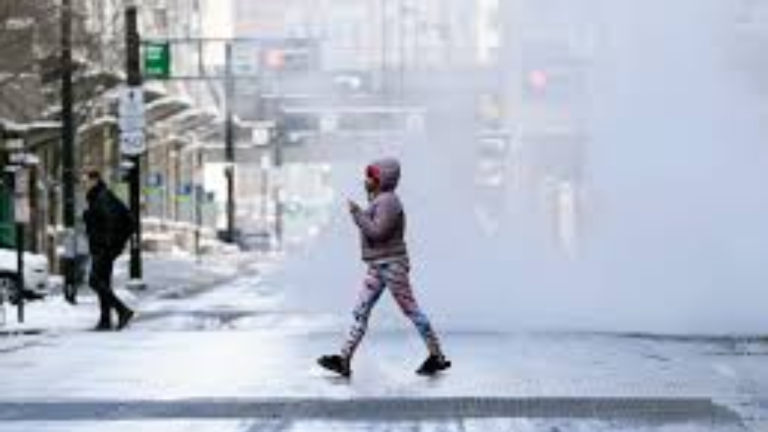
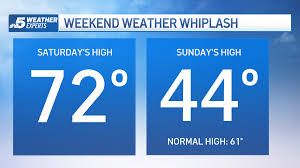
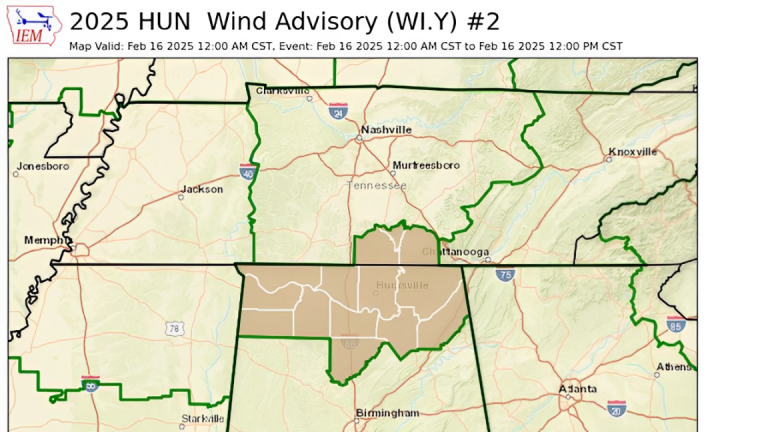





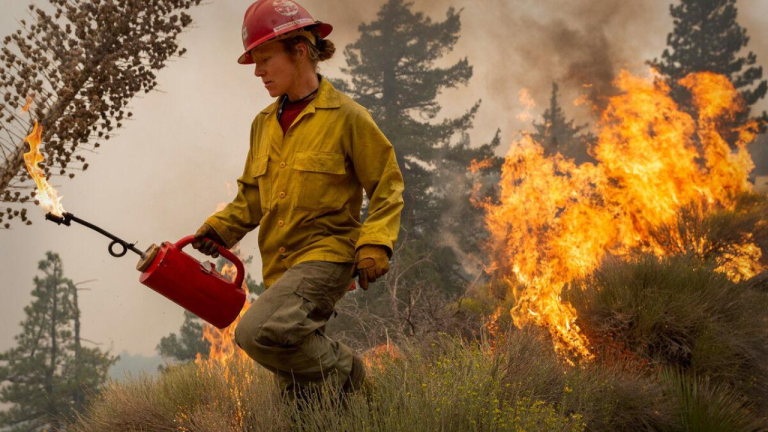

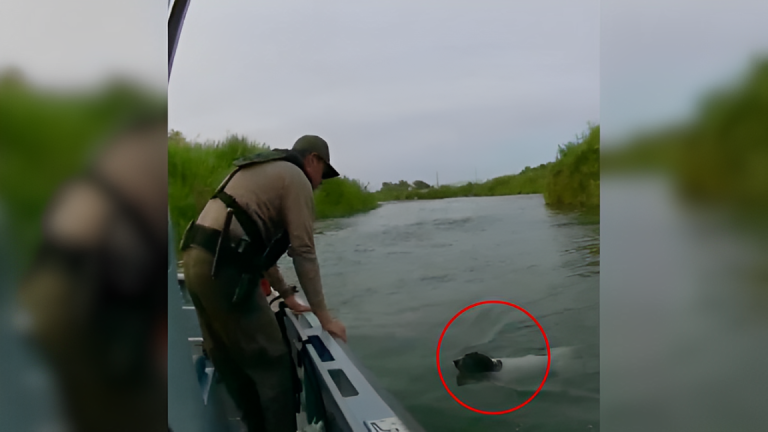








+ There are no comments
Add yours